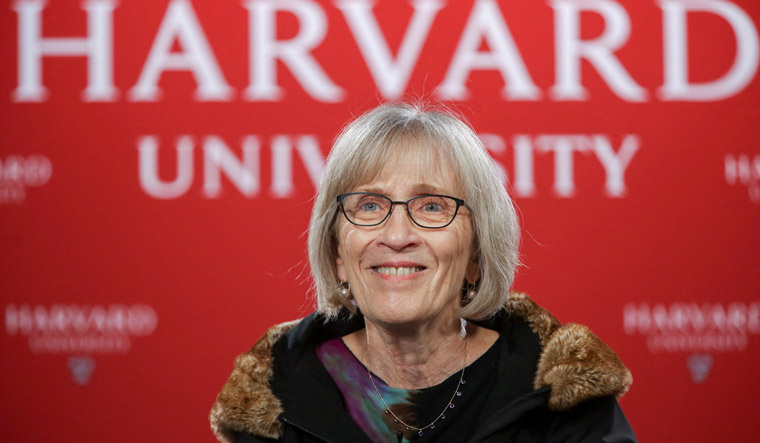n the world of economics, 2023 marked a significant milestone with the Nobel Prize in Economic Sciences awarded to Claudia Goldin, an esteemed American economic historian and a professor at Harvard University. Her remarkable achievement was attributed to her pioneering work that has significantly advanced our understanding of women's labor market outcomes. This recognition is not just a testament to her scholarly prowess but also a reflection of the growing global importance of addressing the persistent issue of the gender pay gap. In this article, we delve into the insights brought forth by Claudia Goldin's research, which has shed light on why women earn less than men and why their representation in the labor market remains a complex challenge.
Claudia Goldin's extraordinary journey to the Nobel Prize began with her meticulous analysis of over 200 years of historical data. Her research was groundbreaking because it revealed that economic growth alone did not lead to wage parity or increased female labor force participation. It defied conventional wisdom that as economies expanded, more women would naturally enter the workforce. Goldin's work exposed the intricate nuances behind women's labor market participation, which had not been comprehensively accounted for in previous studies.
One of the striking revelations from Goldin's research was the significant participation gap between men and women. Goldin's Nobel Prize serves as a beacon of hope in the quest for gender equality in the labor market. By acknowledging and comprehending the problem with precision, we are better equipped to pave the way forward, promoting a fairer and more inclusive workforce for all.
While approximately 80 percent of men engage in the workforce, only about 50 percent of women do so. Moreover, these participation gaps vary across the globe, with wider disparities observed in regions like South Asia, the Middle East, and North Africa, where the gender gap often exceeds 50 percent. This inequity, as noted by economists, represents a "wasted opportunity" and an inefficient allocation of work, resulting in substantial economic costs to society.
Goldin's research unearthed the intriguing fact that women's labor market participation did not follow a linear path over the past two centuries. Instead, it traced a U-shaped curve. Participation among married women decreased during the transition from an agrarian to an industrial society in the early nineteenth century but began to rise with the growth of the service sector in the early twentieth century. This phenomenon was closely tied to structural changes and evolving social norms regarding women's responsibilities for home and family.
Women's own expectations played a crucial role in shaping their career choices. Those who came of age in the 1970s and 80s had a different perspective, foreseeing a significant portion of their lives spent in the workforce. This shift was influenced by access to the contraceptive pill, which granted women more control over their fertility and allowed them to invest in education and careers. However, parenthood still casts a shadow on women's earnings, with pay tending to drop for women after having children.
Goldin's research not only unearthed the historical roots of the gender pay gap but also demonstrated that it is not solely about educational or occupational choices. In fact, the bulk of the earnings difference today exists between men and women in the same occupation and is primarily linked to the birth of the first child. This insight challenges simplistic explanations and emphasizes the need for nuanced approaches to address the issue.


